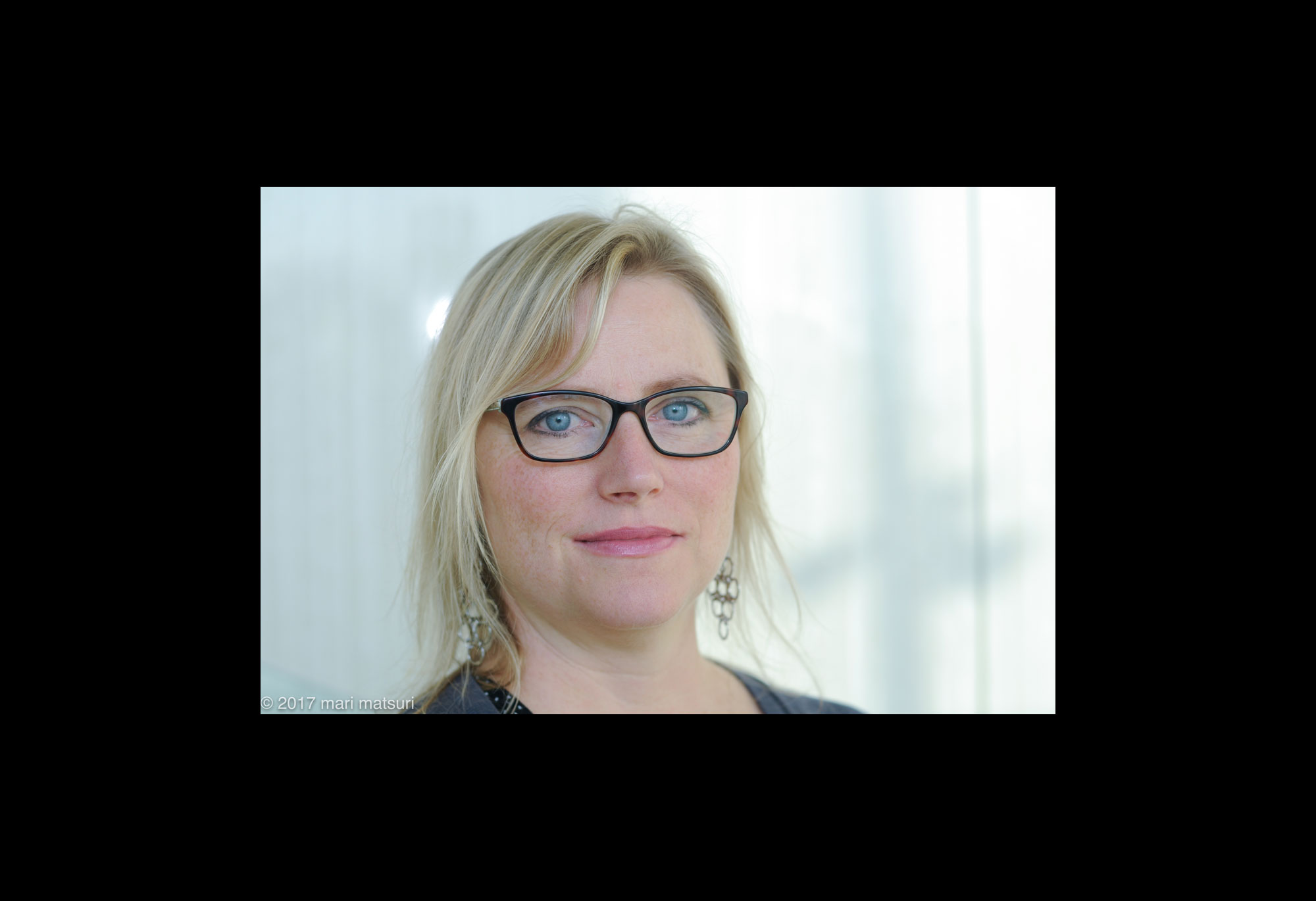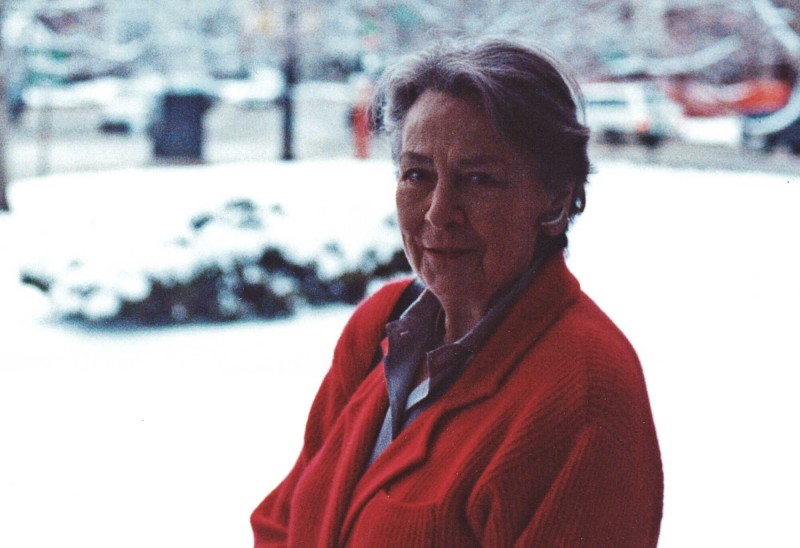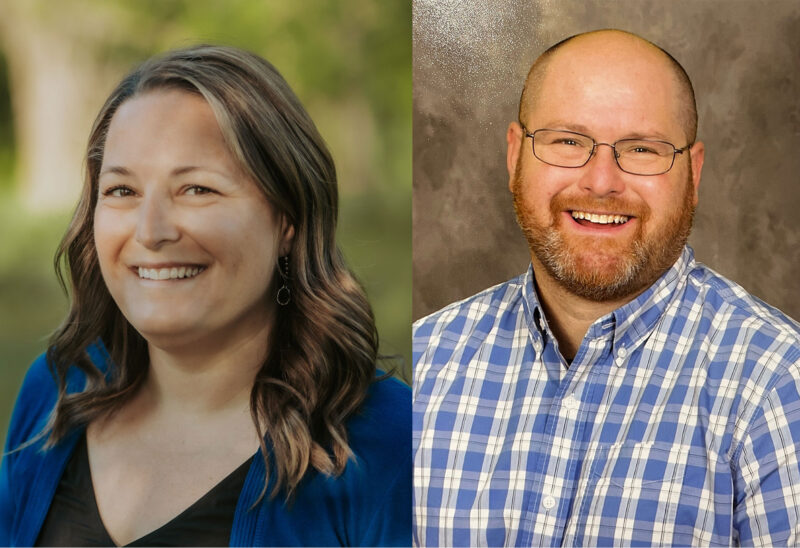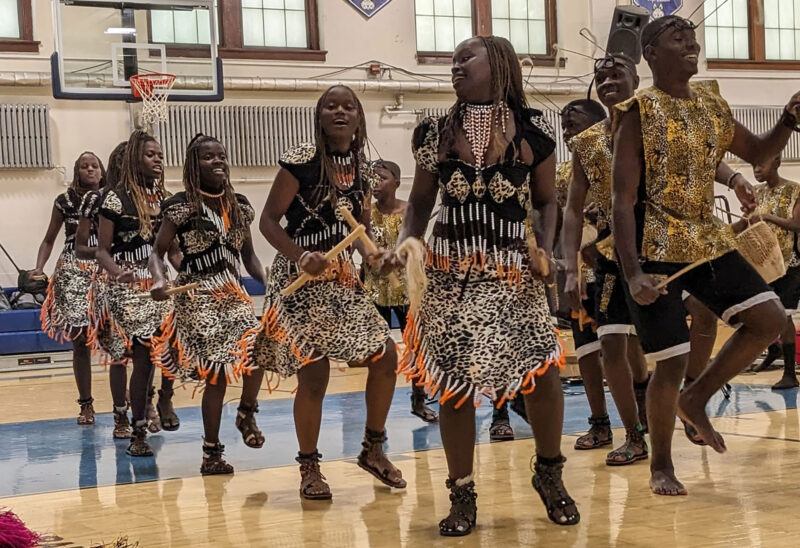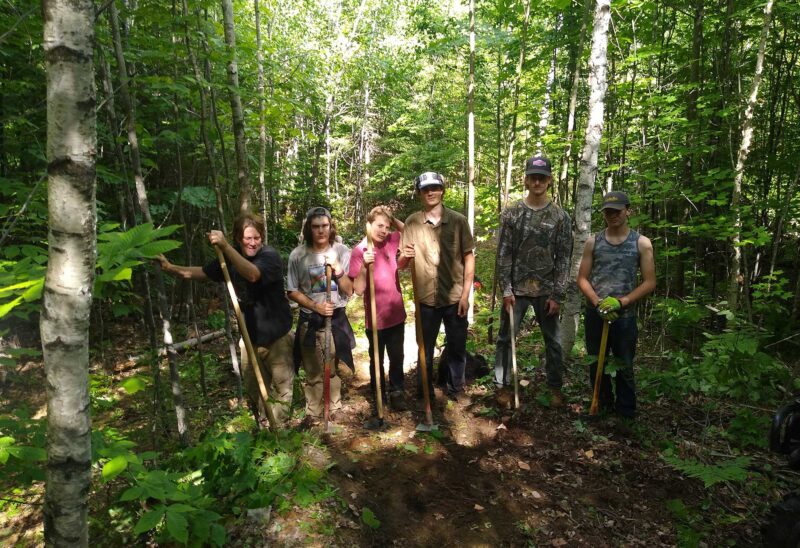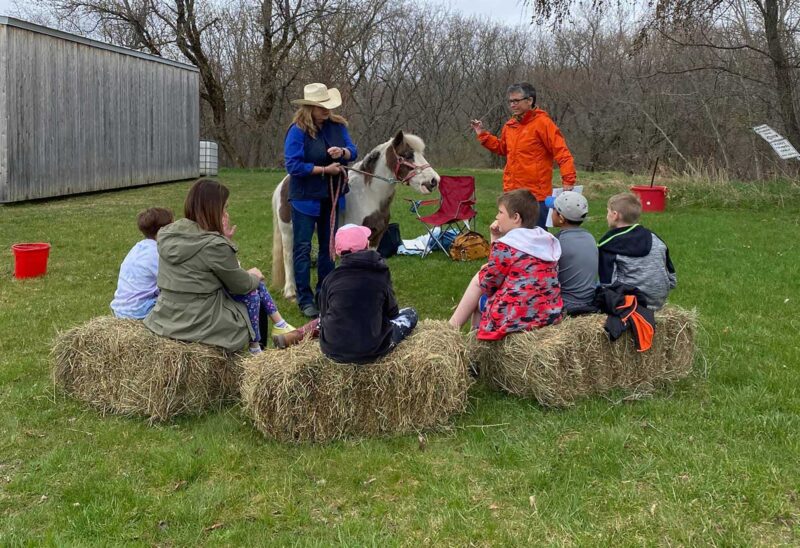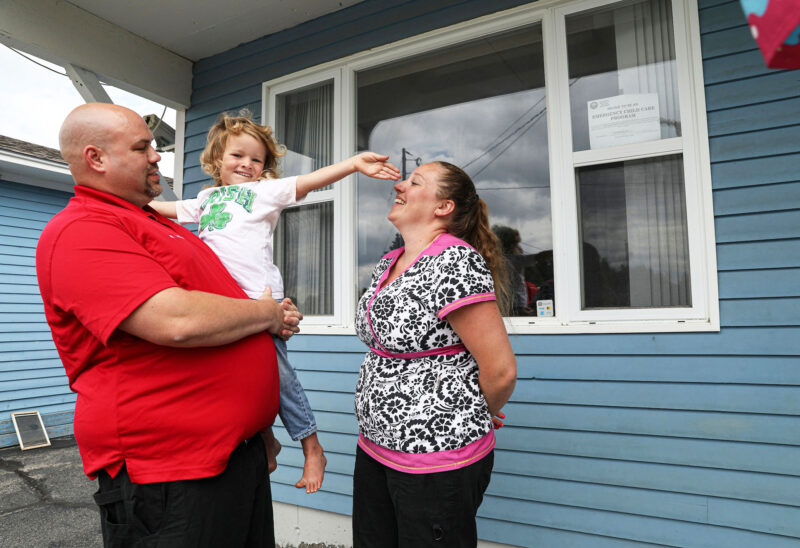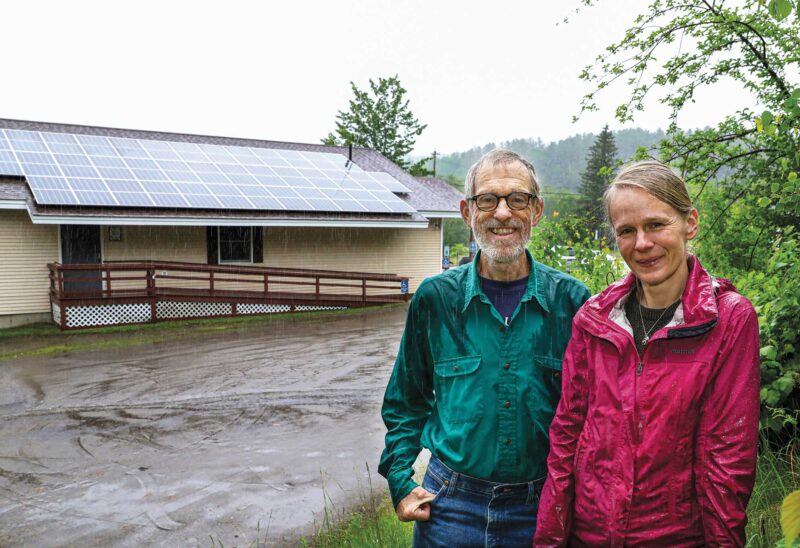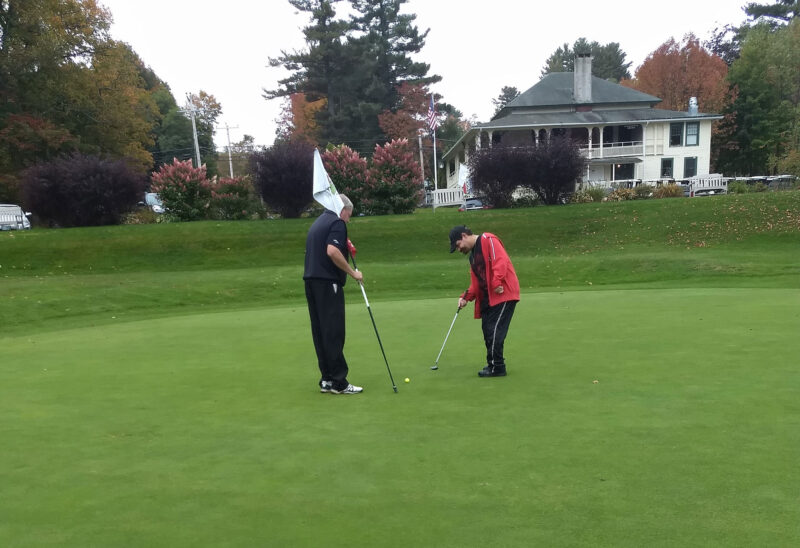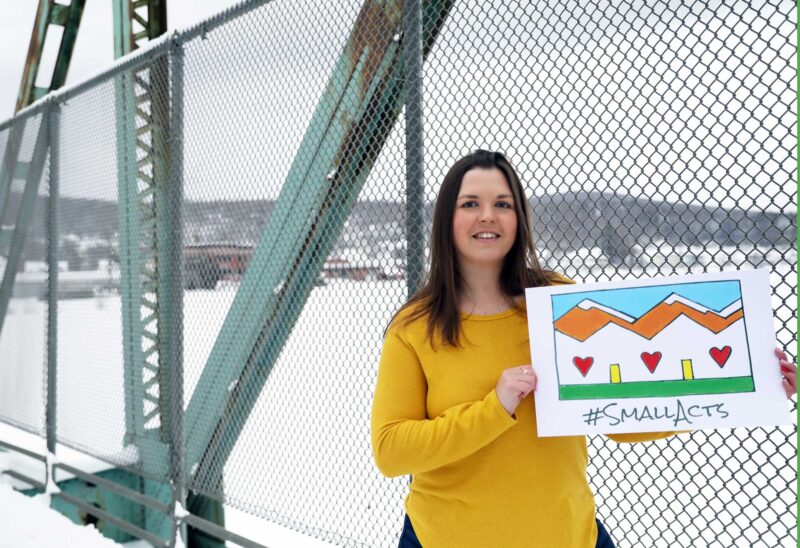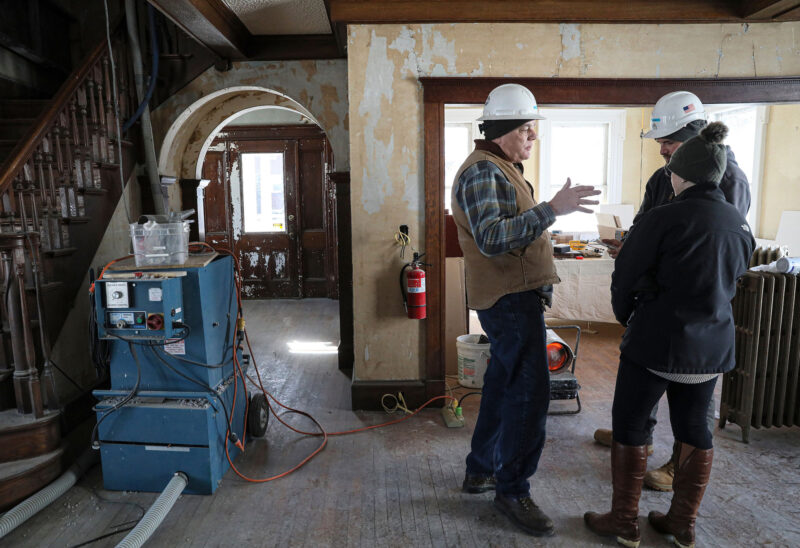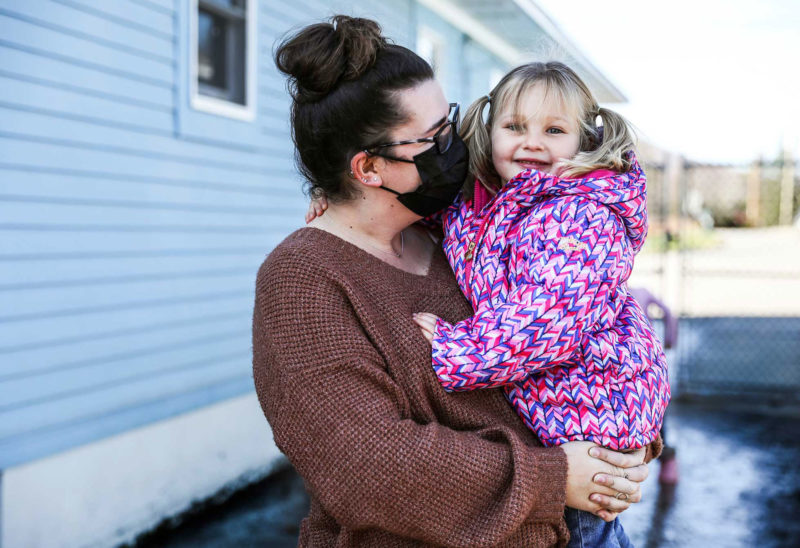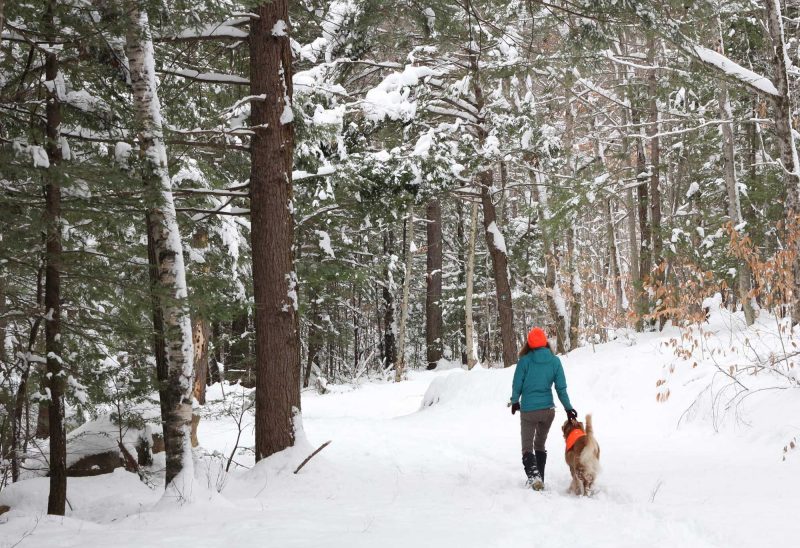Sonya Salanti of Bethlehem joined the Charitable Foundation in June as director of the Neil and Louise Tillotson Funds, a family of funds that support nonprofits in Coös County and surrounding communities in Vermont, Maine and Quebec.
Salanti comes to the Foundation from the SEEP Network, which supports nonprofits to create opportunities for vulnerable populations worldwide, especially women, to participate in markets and improve their quality of life. She has worked extensively in economic development, energy efficiency, and educational initiatives.
She talked to the Foundation’s Lois Shea about the joy of applying her skills in the place where she lives, the Tillotson Funds’ work during COVID – and how volunteering to park cars in the rain helped connect her to her new hometown.
LS: One of the things that you did to connect with community when you moved to Bethlehem was to volunteer right away – and you ended up parking cars in the rain. Tell me that story.
SS: I live across the street from the Rocks Estate, a property of the Society for the Protection of NH Forests and I thought I should get myself over there and volunteer, because I use the land all the time. I ran into the director of The Rocks, and I said “What can I do?” This was around the time of the winter holidays, so I got the job of standing in the parking lot all day showing folks where to park their car and where to get their Christmas tree. It was a long day, and by the end I had my first North Country experience of getting so chilled to the bone that I immediately had to burrow under several layers of blankets (laughs).
I have done a little bit of volunteering with the Bethlehem Trails Association, helping occasionally with trail building and development. I’ve also been a volunteer with the Colonial Theatre, mainly as an usher when a big concert comes to town. More recently, I’ve adopted a short trail that I take care of in the Foss Forest, part of Amoonusuc Conservation Trust’s land. When I first moved here, people said, “All you have to do is show up to help – have the energy the will. Then you will be met by the community with open arms.” I have definitely found that to be true.
LS: I am fascinated by the different life and work experiences people bring to community foundation work. Tell me about why directing the Tillotson Funds was the right next chapter of your life’s work?
SS: For the majority of my career I have worked in the nonprofit sector, finding myself working on programs that are pushing the envelope around social change in humanitarian work and economic development. I have spent a lot of energy on writing grants and fundraising while also doing the work. I have that perspective of what it’s like to be a scrappy nonprofit – trying to fulfill your mission while paying the bills. That translated into grant writing and fundraising while also doing program design and strategy development. Most recently, I was working in international development and after moving to the North Country I began thinking I would love to find a job where I was doing similar work in the community where I live – to work deeply in a place-based way in community to affect change. I was doing that on an international level and this role was really the opportunity to work at that local level.
LS: So after working remotely on behalf of communities all over the world – what’s it like to bring that home and concentrate your work on the place where you live?
SS: One part that I am appreciating so much is having the time to build strong relationships with the community, and knowing those relationships aren’t going to be ending. Knowing that there’s time and there’s will and there’s commitment to be in relationships for the long run is an incredible feeling.
At the end of summer day on a Friday…to be able to go for a hike that is literally the backyard of one of our partners, or going on a bike ride on a rail trail and randomly meeting up with the person who pieced the trail together with support from the Tillotson Fund – well, that is so rewarding.
LS: How are you finding the “Resilient Markets” work that you did with the SEEP Network relevant to your work in the North Country?
SS: In the context of the work I was doing, “resilient markets” was not referring to “the markets” – like the stock market. It is more around a market system – the economic and social infrastructures that are important for a community to thrive. In my role, I was working with nonprofit partners who were situated in local communities and supporting markets to adapt or transform by building on strengths already in place. This work is done in really challenging crisis environments – post-disaster and conflict zones.
And here in this country, right now, we are in multiple crises: a pandemic, economic upheaval and a reckoning around racial justice to name a few. There is a lot we can learn from countries that have been faced with similar crises. One of the things I have learned in these environments is that the strength of social networks is probably best indicator of how a community will fare through a crisis. The North Country has a strong sense of identity and strong social networks. Our work lies in learning and adapting – how can we best work with community to strengthen these assets, especially during challenging times? This is something communities face all over the world.
LS: How are the Tillotson Funds adapting grantmaking to support communities during this really difficult time?
SS: Right when COVID hit, the Tillotson Fund advisors started convening emergency meetings. The committee identified and provided immediate grants for general operating support for organizations that provide for basic needs, including support for low-income families, healthcare, and childcare. We also adapted our processes. This means in some cases have waived deadlines for reports and facilitated early release of funds in multi-year grants. We are continuing to listen to partners to understand how they are doing and what is needed, so that we can be responsive to what lies ahead.
LS: You clearly love the North Country. What made you fall in love?
SS: I love the landscape, I love Nordic skiing, being outdoors and I love that there are four seasons. But what really made me fall in love with the area was the sense of belonging I felt pretty quickly. I was met with such open arms and no one really cared what my job was. It was like, “Hey, who are you? You are a fellow member of our community, welcome.” I have lived in a lot of places and never experienced such a warm welcome and feeling of acceptance.

